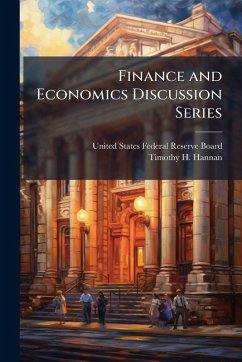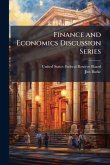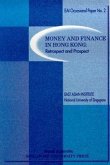This paper employs extensive information on bank deposit rates and county migration patterns to test for pricing relationships implied by the existence of switching costs. While these relationships are derived formally, the intuition for them can be readily stated. Because some areas experience more in-migration than others, banks, in addressing the trade-off between attracting new customers and exploiting old ones, offer higher deposit rates in areas (and at times) experiencing more in-migration. Further, because out-migration implies that on average a locked-in customer will not be with the bank as many periods, greater out-migration should change the bank's assessment of this trade-off such that the bank will offer lower deposit rates in areas (and during periods) exhibiting greater out-migration, all else equal. Also, because this effect of out-migration logically depends on the existence and extent of in-migration, an interaction effect is implied. Evidence strongly supporting these implied relationships is reported. Other tests of the implications of switching costs in the banking industry are also conducted. This work has been selected by scholars as being culturally important, and is part of the knowledge base of civilization as we know it. This work was reproduced from the original artifact, and remains as true to the original work as possible. Therefore, you will see the original copyright references, library stamps (as most of these works have been housed in our most important libraries around the world), and other notations in the work. This work is in the public domain in the United States of America, and possibly other nations. Within the United States, you may freely copy and distribute this work, as no entity (individual or corporate) has a copyright on the body of the work. As a reproduction of a historical artifact, this work may contain missing or blurred pages, poor pictures, errant marks, etc. Scholars believe, and we concur, that this work is important enough to be preserved, reproduced, and made generally available to the public. We appreciate your support of the preservation process, and thank you for being an important part of keeping this knowledge alive and relevant.
Bitte wählen Sie Ihr Anliegen aus.
Rechnungen
Retourenschein anfordern
Bestellstatus
Storno








